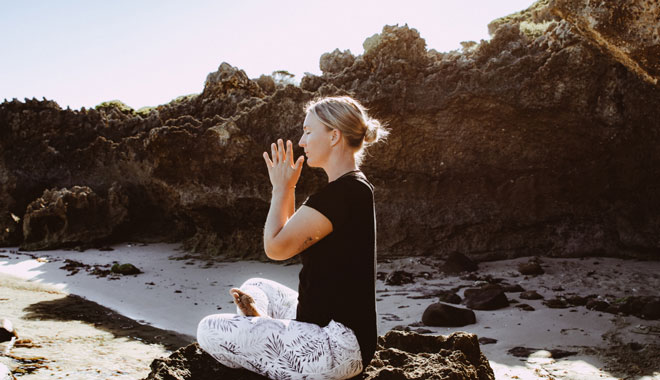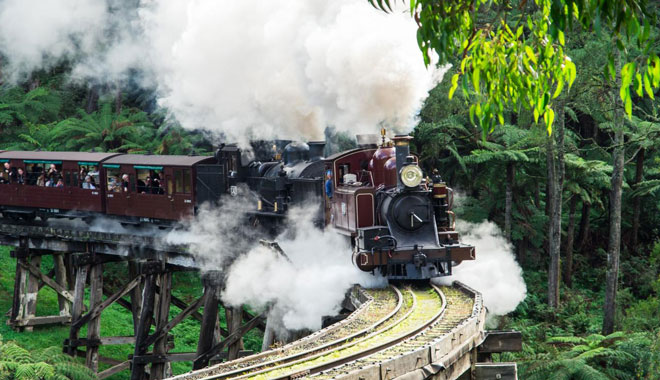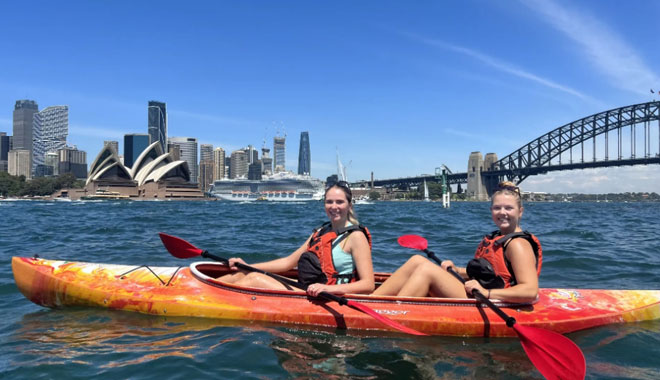
Delve into the enchantment of Uluru, a captivating destination that graces the Australian outback. As you embark on this extraordinary journey, it's essential to come prepared and understand the weather conditions. Luckily, we are here to guide you every step of the way, ensuring you have an unforgettable experience at this awe-inspiring natural wonder.
+.* Seasonal weather *.:+
- Summer (December to February)
Witness the captivating beauty of Uluru during summer, with temperatures reaching 20 to 40 degrees Celsius (60 to 104 degrees Fahrenheit). Experience the mesmerizing play of light as the sun bathes the iconic red rock in a golden glow. Explore guided walks, ancient rock art, and connect with the spiritual significance of this sacred site. Stay hydrated, protect yourself from the sun, and immerse yourself in the raw beauty and tranquility of Uluru during the summer season.
- Autumn (March to May)
As summer transitions into autumn, Uluru reveals a serene and captivating ambiance. The temperatures range from a pleasant 12 to 27 degrees Celsius (53.6 to 80.6 degrees Fahrenheit), providing a comfortable climate for exploration. Fall brings subtle changes to the landscape, with the foliage taking on warm hues of red and gold, complementing the majestic rock formations. It's the perfect time to embark on guided walks, witness stunning sunsets, and delve deeper into the rich cultural heritage of Uluru. Immerse yourself in the tranquility of this sacred place, where the interplay of light and color creates a truly enchanting experience.
- Winter (June to August)
As the temperatures in Uluru dip to a 4.8 to 20 degrees Celsius (40.6 to 68 degrees Fahrenheit), the winter season unveils a unique charm and tranquility. Night time temperatures may go below 0°C (32°F), so pack warm clothing! Marvel at the stark contrast of the red rock against the clear blue winter sky, and witness breathtaking sunrises and sunsets that paint the landscape with hues of orange and purple. Enjoy invigorating walks around the base of Uluru, indulge in stargazing under the clear night sky, and immerse yourself in the cultural stories and traditions of the local Anangu people. Winter in Uluru offers a serene and captivating experience that will leave a lasting impression on your soul.
- Spring (September to November)
Experience the Vibrant Beauty of Spring in Uluru: With temperatures ranging from 13.8 to 30.6 degrees Celsius (56.8 to 87 degrees Fahrenheit), spring breathes new life into the iconic landscape of Uluru. Witness the blooming wildflowers and lush greenery, adding vibrant colors to the surroundings. Explore the walking trails, soak in the gentle warmth of the sun, and immerse yourself in the cultural heritage of the region. Spring in Uluru is a time of renewal and vitality, where nature and traditions intertwine to create a truly captivating experience.
+.* Time difference *.:+
Uluru follows Australian Central Standard Time ACST, which is equivalent to UTC plus 9.5 hours (UTC + 9½)
For example, when the time in Beijing/Hong Kong is 8:00am, the time in Uluru will be 9:30am.
+.* Activity Tips *.:+
Tips for camping trips:
- If you are departing and returning from Alice Springs, please bring small luggage or a backpack, and store large luggage in a backpacker inn or hotel. If you depart from Alice Springs and return to Ayers Rock or depart from Ayers Rock and return to Alice Springs, please bring your large luggage.
- Please wear light and light-colored clothing, comfortable walking or sports shoes, sun hat, mosquito mask, sunglasses, and high-factor sunscreen. Because you will be camping outside at night, please bring a winter jacket or long pants. In winter, please wear layers of clothing, a cold hat and gloves to keep warm. Please bring towels, flashlights and toiletries.
- Please prepare 2 bottles of 1.5 liter bottled water. During the journey, water will also be provided on the tour bus as a supplement.
-------------------------------------------------------------------------------------------------------------------------------------------Symptoms of heat stroke and what to do:
The following symptoms may be signs of heat stroke, such as dizziness; blurred consciousness; dry mouth; Symptoms, please inform your tour guide or contact the Royal Flying Doctor Service Center in the Uluru Service Station: Royal Flying Doctor Service, telephone 08 89562136.
-------------------------------------------------------------------------------------------------------------------------------------------Uluru Travel Notes:
- In summer, the temperature is 15-25 degrees Celsius in the morning and evening, about 35 degrees Celsius or above in the daytime, and may be as high as 40 degrees Celsius. Please wear light and light-colored clothes, comfortable and light walking or sports shoes, and wide-brimmed sunscreen Hat, mosquito mask, sunglasses, high index sunscreen (recommended 30+).
- In winter, the temperature difference in desert areas is large. It is only about 1 degree Celsius in the morning and evening, and it is more likely to be below zero in June-July. The daytime is 15-25 degrees Celsius. In addition to sunscreen, please prepare clothes that will keep you warm. Please also have what you need.
- Please be prepared to drink bottled water. In hot conditions, try to drink 600 ml of water per hour. Generally, it is recommended to drink 2-3 liters of water per day. Avoid drinking high-sugar beverages, which can easily lead to dehydration in the body.
- Uluru, Kata Tjuta, Valley of the Kings, Alice Springs, etc. all have 1 to 4 hours of hiking or mountain climbing, so please be sure to wear light hiking or hiking shoes, and bring an appropriate amount of drinking water.
- It takes 3.5 to 4 hours to hike 6 kilometers to the top of the Valley of the Kings. Please prepare at least 2 liters of drinking water. Passing through different terrains and forks on the way, please be sure to follow the instructions of the tour guide, and be sure to go up and down the mountain in the direction indicated by the blue triangle. In addition, if you find that you and your group members have left the team, please don't panic and stay where you are, your tour guide or group members will come back to you.
- Avoid strenuous exercise (especially before 11:00 to 5:00 pm) to avoid heat stroke.
- Children aged 2-15 can use the child price, and children under 2 years old are free (obviously accompanied with an adult)
Notes on Traveling to Darwin and Northern Australia:
- Rainy season (December-March), dry season (May-September). During the rainy season, the weather is hot and humid, and the tropical monsoon will bring a large amount of rainfall, which will cause floods, road erosion and other safety hazards, so be sure to pay attention to safety.
- In addition, you need to wear sunglasses, sunscreen, sun hat, and ointment to prevent mosquito bites. During the dry season, the weather is cool, and a thin coat is required in the morning and evening. The departure and return times will be adjusted due to the different seasons and sunshine.
Of course, these are just guidelines, it is best to check on official websites.
Recent Posts

舌尖上的阿德萊德│南半球最大中央市場+品味世界頂級葡萄酒5天4夜遊

探索阿德萊德│自然、文化與美酒的奇妙

3-Day Luxury Glamping Yoga Retreat in Perth:Rejuvenate Your Mind, Body and Soul


Welcome to FIT Travel
FIT Travel 歡迎您
FIT Travel 欢迎您
Select Your Language
選擇您的語言
选择您的语言
Your language prefererence can be changed at any time in Settings.
您的語言之後還可以在賬戶設定里或者點擊上方的語言按鈕設定.
您的语言之后还可以在账户设定里或者点击上方的语言按钮设定.
- Successful booking: The itinerary will be confirmed, and the deposit will be non-refundable. The customer must pay the remaining balance within 3 business days for the itinerary to be fully confirmed.
- Special cases: If the itinerary is fully booked, requires additional fees, or needs rescheduling, customer service will proactively contact the customer and provide all available options. The customer can choose to pay the additional amount to confirm the itinerary or opt for a full refund of the deposit. The refund will be automatically returned to the original payment account, and no additional personal information is required.










